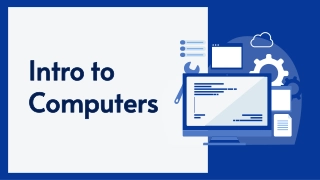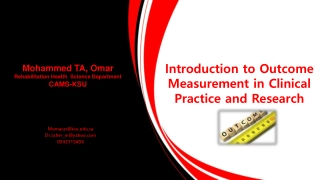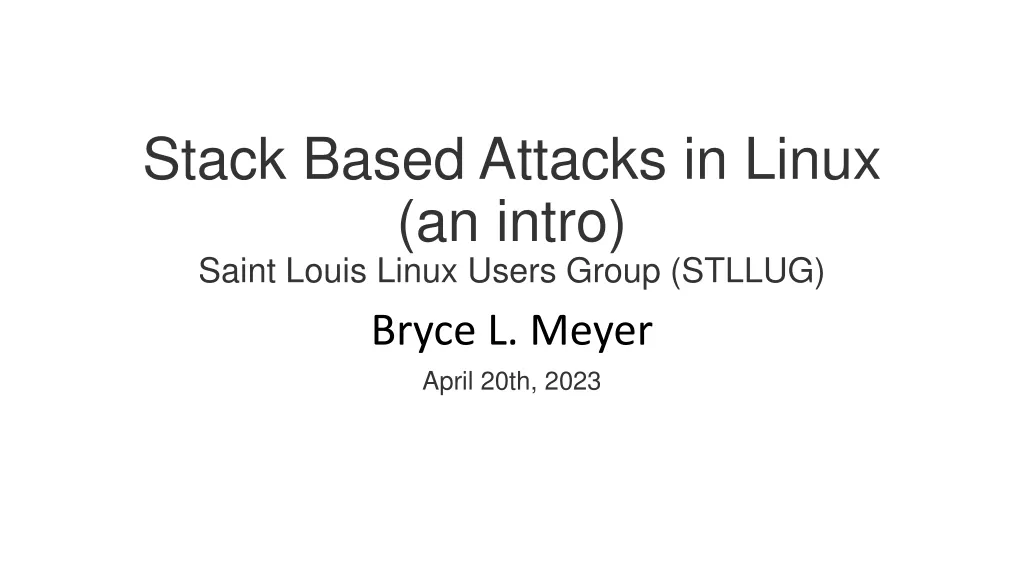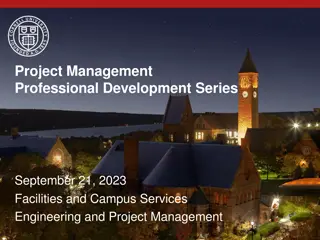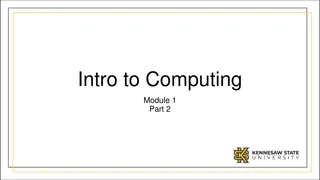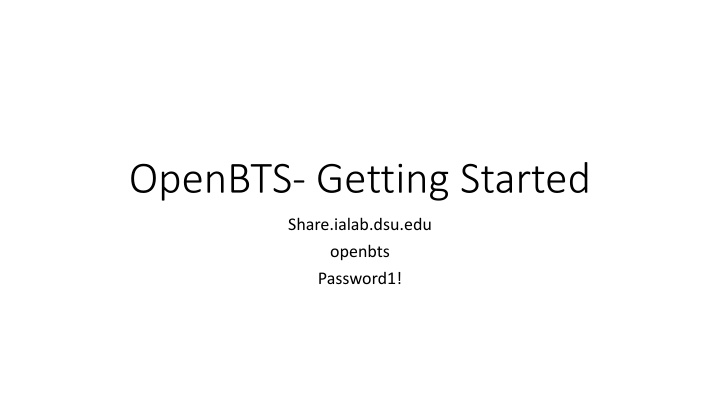
Unlocking OpenBTS: A Comprehensive Guide to Software-Defined Cellular Infrastructure
Dive into the world of OpenBTS, a software-defined cellular infrastructure enabling 2G and 2.5G services like GSM voice, SMS, and GPRS data. Explore features, legality considerations, network expectations, essential services like Asterisk, and more. Discover how OpenBTS simplifies cellular setups while adhering to certain limitations and regulations.
Uploaded on | 0 Views
Download Presentation

Please find below an Image/Link to download the presentation.
The content on the website is provided AS IS for your information and personal use only. It may not be sold, licensed, or shared on other websites without obtaining consent from the author. If you encounter any issues during the download, it is possible that the publisher has removed the file from their server.
You are allowed to download the files provided on this website for personal or commercial use, subject to the condition that they are used lawfully. All files are the property of their respective owners.
The content on the website is provided AS IS for your information and personal use only. It may not be sold, licensed, or shared on other websites without obtaining consent from the author.
E N D
Presentation Transcript
OpenBTS- Getting Started Share.ialab.dsu.edu openbts Password1!
For Today Get VM pulled down Review things we ve talked about before Go through some overviews
What will we have? OpenBTS- software implementation of cell infrastructure Most of The Big Guys have really complicated infrastructure OpenBTS tries to standardize it as much as possible Talk the talk? We ll have a 2G network GSM Voice and SMS OpenBTS can also do 2.5G GPRS Data
What can we expect? Low distance-> we won t attach antennas Decent sounding voice Voice stats: losing 3% of data is normal for cellular 5-7% signal loss still works but is noticeable Handle 8 simultaneous calls SMS is really easy! Double the service area Handle thousands of messages/minute
Legality? So technically this isn t legal to do Spectrum 850,900, 1800, and 1900MHz is where GSM lives Not really supposed to use those Rules of engagement: Not connecting antennas No amplifiers Total network range will be about 10 feet
Remember things from before? Jail is bad for your health Intercepting 911 calls is bad for other people s health GSM doesn t do phone numbers Your phone likes camping
OpenBTS Very simple software Converts GSP to IP Hands it off to appropriate handler Does not truly model large cellular carriers Four key/essential services: openbts asterisk smqueue sipauthserve
Asterisk (Not *) Open source communications platform - PBX Can handle your VoIP network! Or connect it to a POTS network Voicemail, many great things *You can run other PBX platforms with OpenBTS
Other Stuff Sipauthserve Not something you d typically run w/o GSM Serves authentication for SIP services Wants your TMSIS registered Smqueue Store and forward message service SMS!
TERMS FOR THE WIN! IMSI -> Your phones identifier used for HLR purposes Your phone doesn t like giving this up The SSN of a cell phone, you don t give this out ever Sort of your username, should have a crypto password if you made the SIM TMSIS-> Your phones identifier on the mobile network Typically used in the VLR Temporary IMSI IMEI -> Basically a MAC address Dial *#06#
Important Config Options RxGain! GSM.Radio GSM.Identity Control.LUR Registration regex


